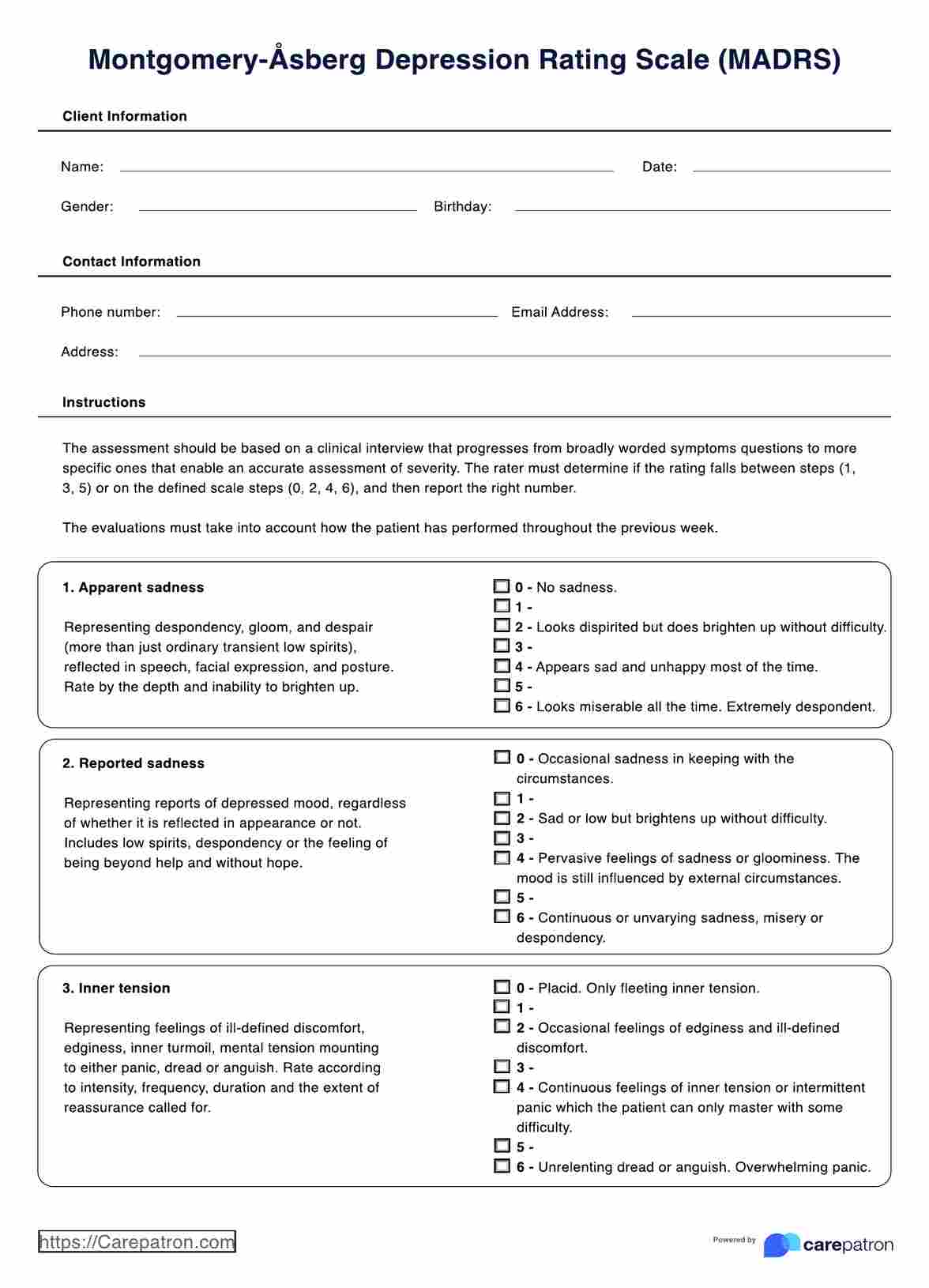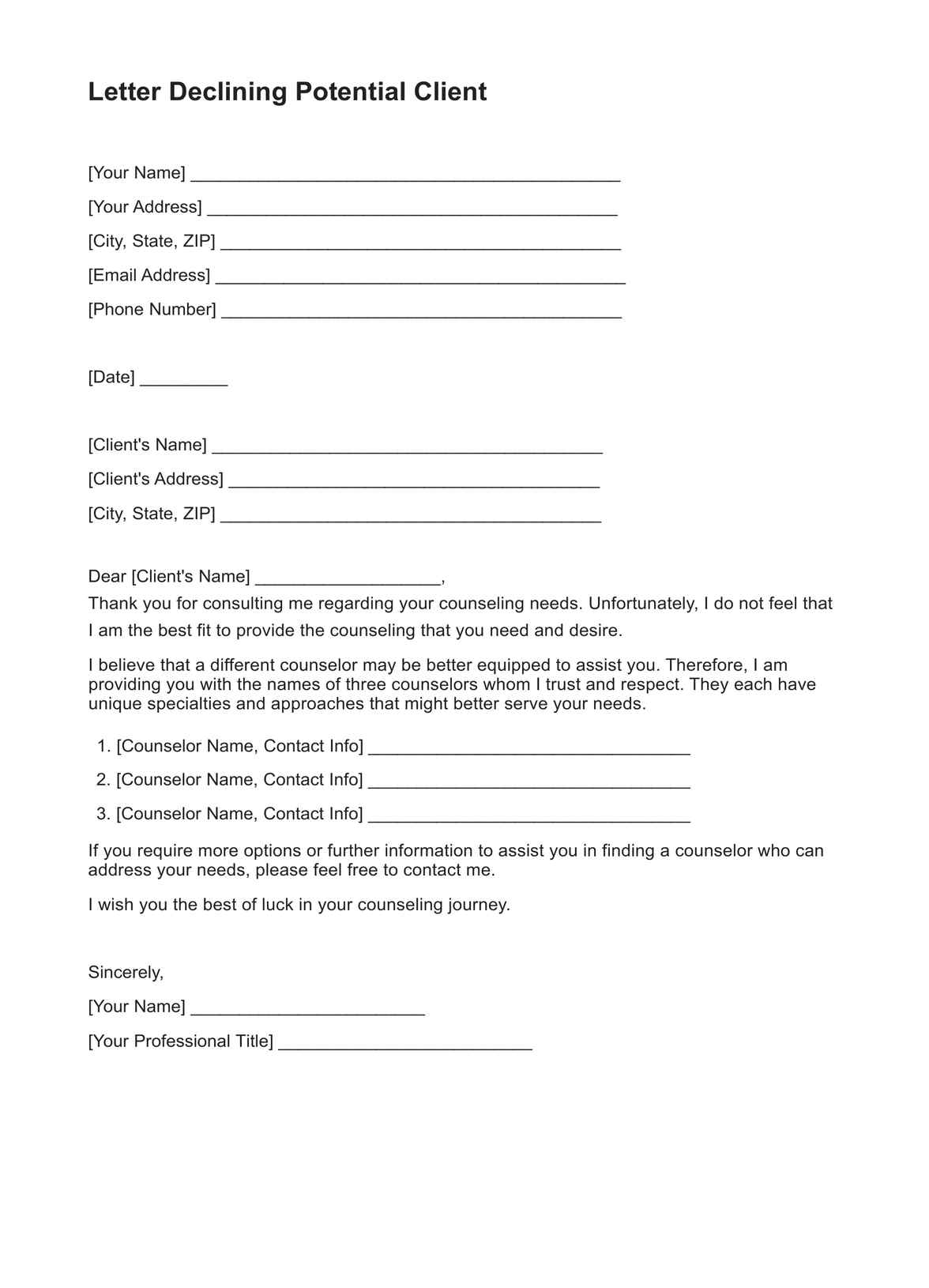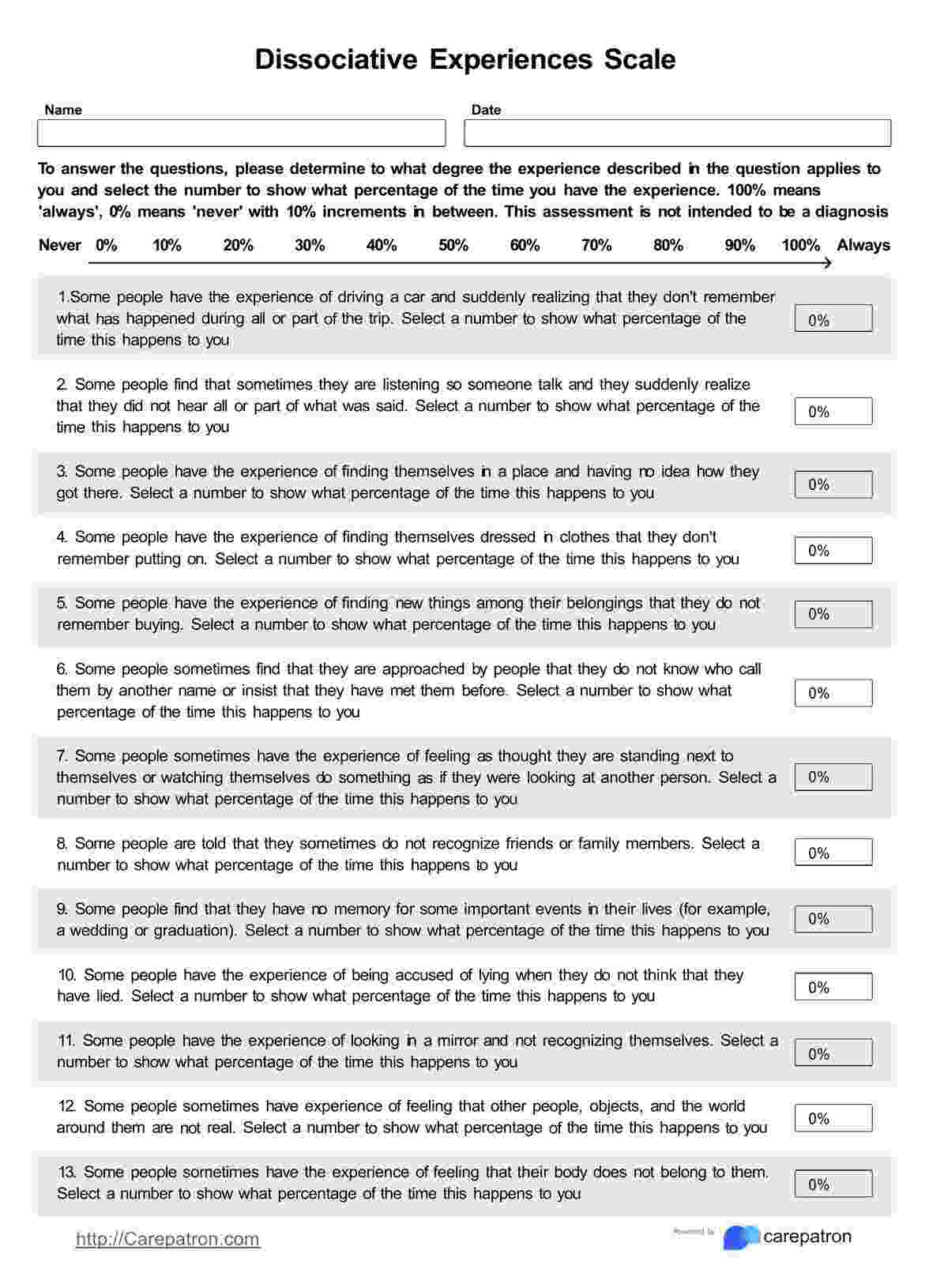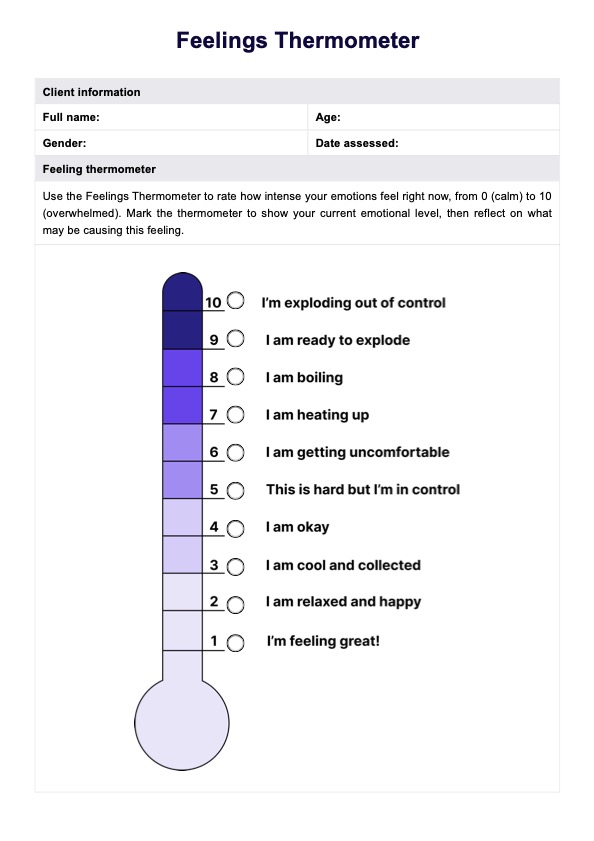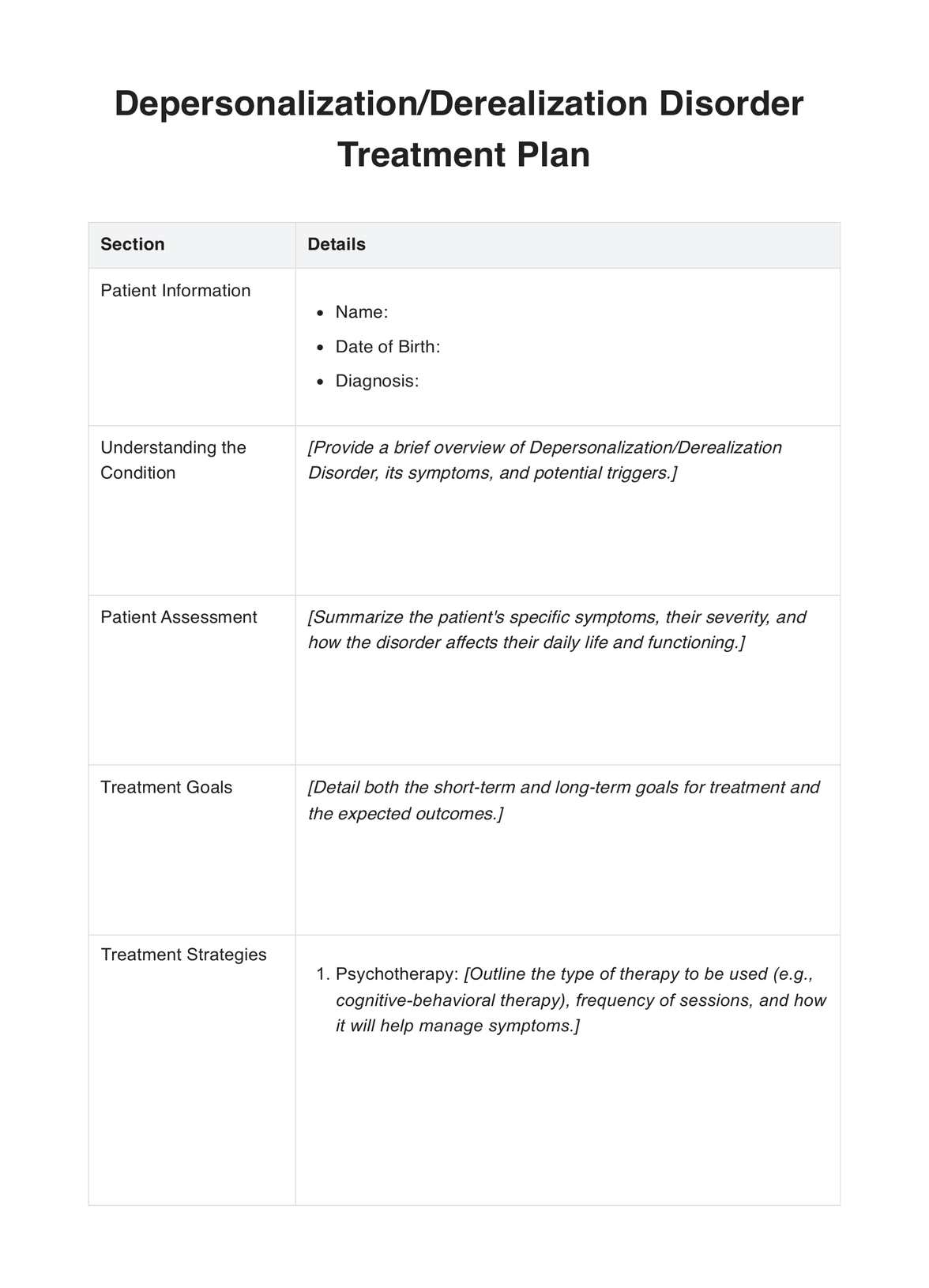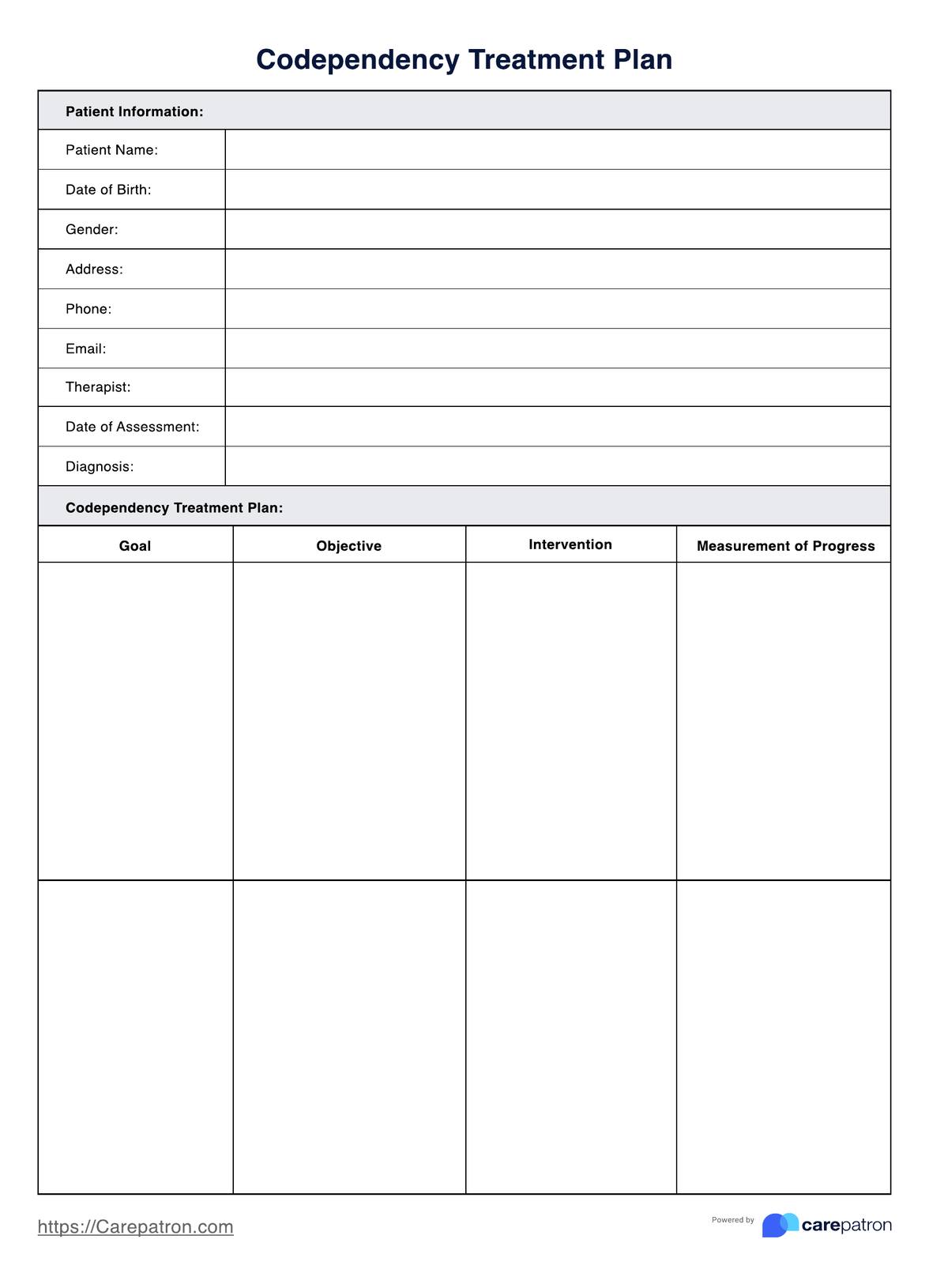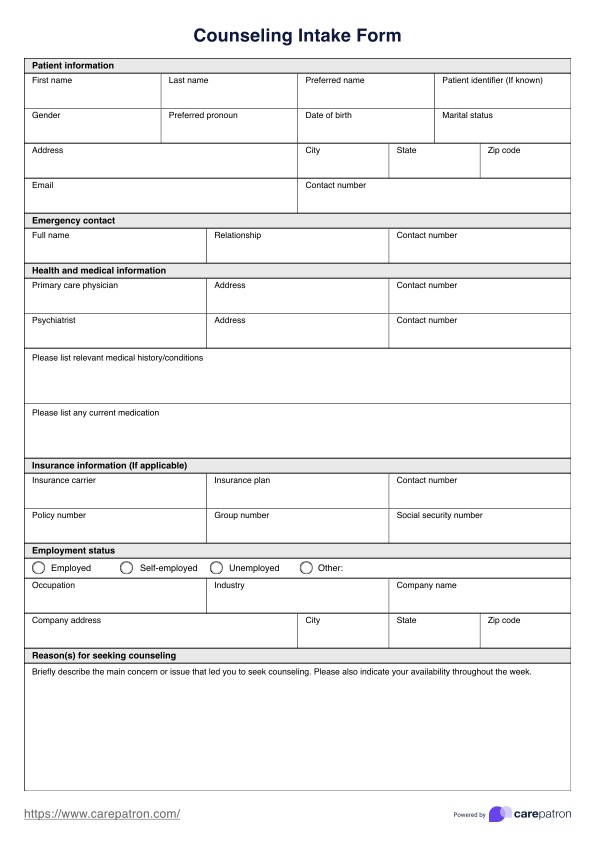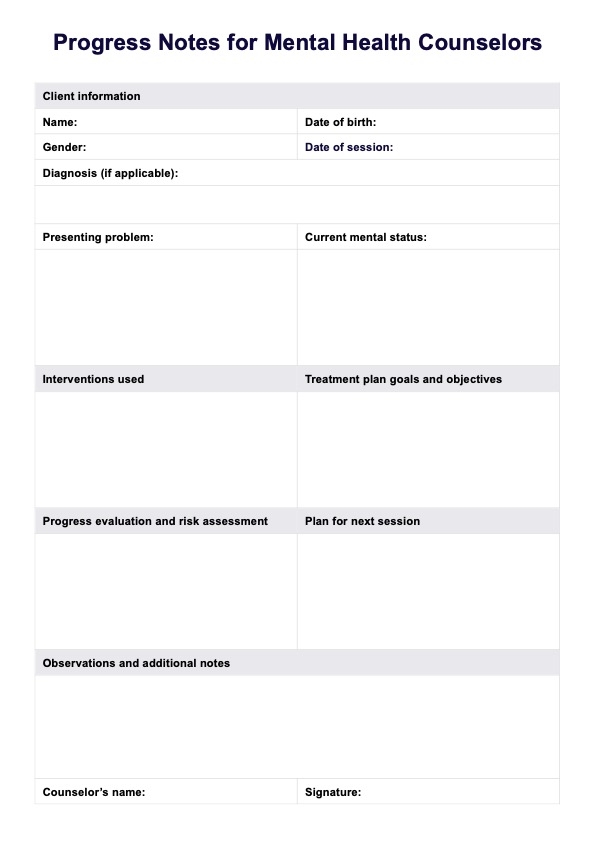Bathroom Exercise PTSD Worksheet
Ease PTSD and depersonalization symptoms with the Bathroom Exercise PTSD Worksheet. Enhance self-awareness and well-being by downloading your copy today.


What is Trauma and PTSD?
Trauma and PTSD (Post-Traumatic Stress Disorder) are complex psychological conditions often triggered by distressing or life-threatening events. Trauma can result from experiences such as accidents, violence, combat, abuse, or natural disasters. When individuals struggle to cope with the emotional aftermath of trauma, they may develop PTSD.
PTSD is characterized by symptoms that can include flashbacks, nightmares, hypervigilance, avoidance, and intense distress when reminded of the traumatic event. It can significantly impact daily life, relationships, and overall well-being.
Depersonalization is a dissociative symptom sometimes associated with PTSD. It involves feeling disconnected from oneself as if observing one's thoughts, feelings, and actions from a distance. Individuals with depersonalization may experience a sense of unreality or detachment from their bodies and emotions, which can be distressing.
In the context of PTSD, depersonalization often serves as a coping mechanism. It can help individuals distance themselves from traumatic memories' overwhelming emotional and sensory aspects. However, while it may provide temporary relief, depersonalization can hinder the natural processing of trauma and may require therapeutic intervention.
Bathroom Exercise PTSD Worksheet Template
Bathroom Exercise PTSD Worksheet Example
How to use the Bathroom Exercise PTSD Worksheet:
The worksheet helps individuals with Post-Traumatic Stress Disorder (PTSD) better understand and manage their depersonalization symptoms through a mindful shower or bath routine. Here's a step-by-step guide on how to use this worksheet:
Step 1: Download the Template
Start by downloading the Bathroom Exercise PTSD Worksheet template. You can find or create one that includes columns for seven consecutive days, each with sections labeled "Before Shower/Bath" and "After Shower/Bath" for each day.
Step 2: Set a Schedule
Choose a specific time of day to consistently engage in your mindful shower or bath exercise for seven days. This schedule helps establish a routine.
Step 3: Mindful Preparation
Before starting your shower or bath, take a few moments to calm your mind. Focus on the present moment, and remind yourself of the purpose of this exercise—to observe and document your thoughts, feelings, and sensations.
Step 4: Complete the Worksheet
For each of the seven days, follow this routine: Record the date, document physical sensations, thoughts, and emotions before starting the shower or bath, and afterward, take note of any changes in sensations, thoughts, and feelings.
Step 5: Reflect and Analyze
After completing the seven-day exercise, review your worksheet. Look for patterns or trends in your experiences. Have you noticed any improvements in depersonalization symptoms? Are there specific triggers or thoughts that consistently arise?
Step 6: Seek Professional Help
Based on your observations, consider consulting a mental health professional specializing in trauma and PTSD. They can provide guidance and tailor treatment strategies to your unique needs.
When Would you use this Bathroom Exercise PTSD Worksheet?
The Bathroom Exercise PTSD Worksheet can be a beneficial tool for various scenarios and individuals, depending on their needs and goals:
Individuals with PTSD Symptoms: This worksheet is particularly useful for individuals diagnosed with PTSD or experiencing symptoms of depersonalization, emotional numbness, or sensory overload. It can be employed as a self-help tool for personal growth and symptom management.
Therapy Sessions: Mental health professionals, including therapists, counselors, and psychologists, can integrate this worksheet into therapy sessions. It is an interactive tool for clients to explore and discuss their experiences, enabling therapists to gain deeper insights into their clients' emotional responses and triggers.
Trauma Survivors: Those who have experienced trauma in the past and are working on their recovery journey can use this worksheet as a means of self-reflection and healing. It helps survivors better understand their trauma-related symptoms and progress over time.
Support Groups: Support groups for individuals with PTSD can incorporate this worksheet into their activities. Group members can share their experiences and insights, fostering community and mutual support.
Holistic Healing: Healthcare professionals who focus on holistic well-being, such as holistic therapists, wellness coaches, or yoga instructors, can incorporate the mindful shower or bath exercise from the worksheet into their practices. This can complement their efforts in helping individuals manage PTSD symptoms and promote emotional and physical balance.
What are the Benefits of Using this Bathroom Exercise PTSD Worksheet?
The free Bathroom Exercise PTSD Worksheet offers several valuable benefits for individuals dealing with PTSD symptoms:
Tracking Progress
Users can track changes in their sensations, thoughts, and emotions by completing this worksheet over seven days. This provides a tangible record of progress, helping individuals and their therapists gauge the effectiveness of interventions and therapeutic strategies.
Identification of Triggers
The worksheet encourages individuals to identify potential triggers for depersonalization and other PTSD symptoms. This information is crucial for creating tailored coping strategies and avoiding situations exacerbating their condition.
Engagement of Senses
Through the mindful shower or bath exercise, individuals engage their senses, which can be grounding and soothing. This sensory engagement is a practical and holistic approach to managing PTSD symptoms.
Challenge Distorted Thoughts
The worksheet encourages users to record their thoughts and evaluate whether they are based on distorted beliefs or assumptions. This cognitive aspect promotes critical thinking and empowers individuals to challenge negative thought patterns.
Commonly asked questions
Completing the worksheet typically takes about 10-15 minutes each day for seven consecutive days. It is a one-week commitment to engage in the mindful shower or bath exercise and document thoughts and feelings.
The worksheet can be used as a structured self-help tool for individuals looking to manage depersonalization symptoms associated with PTSD. It can also be integrated into therapy sessions to facilitate discussion and exploration of symptoms, triggers, and progress.
This worksheet is best used when individuals seek deeper insight into their depersonalization symptoms, triggers, and emotional responses. It can be employed during therapy, as part of a self-care routine, or as a helpful resource for trauma survivors on their journey to recovery.
The worksheet can be used by individuals dealing with PTSD symptoms, trauma survivors, and anyone seeking to understand better and manage depersonalization symptoms. Mental health professionals, support groups, and holistic healers can also employ this tool as part of their therapeutic practices to aid clients in managing their PTSD symptoms.


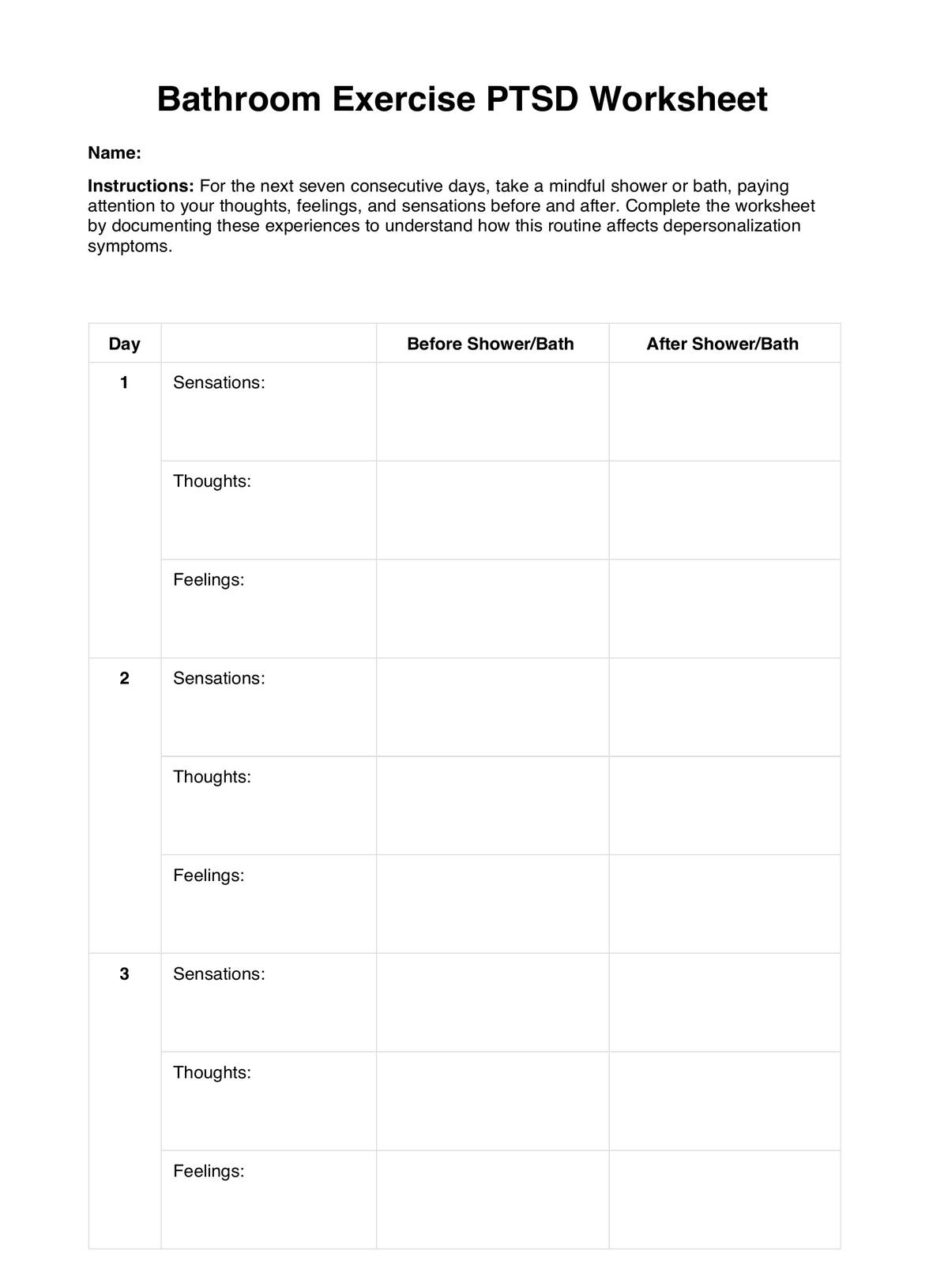
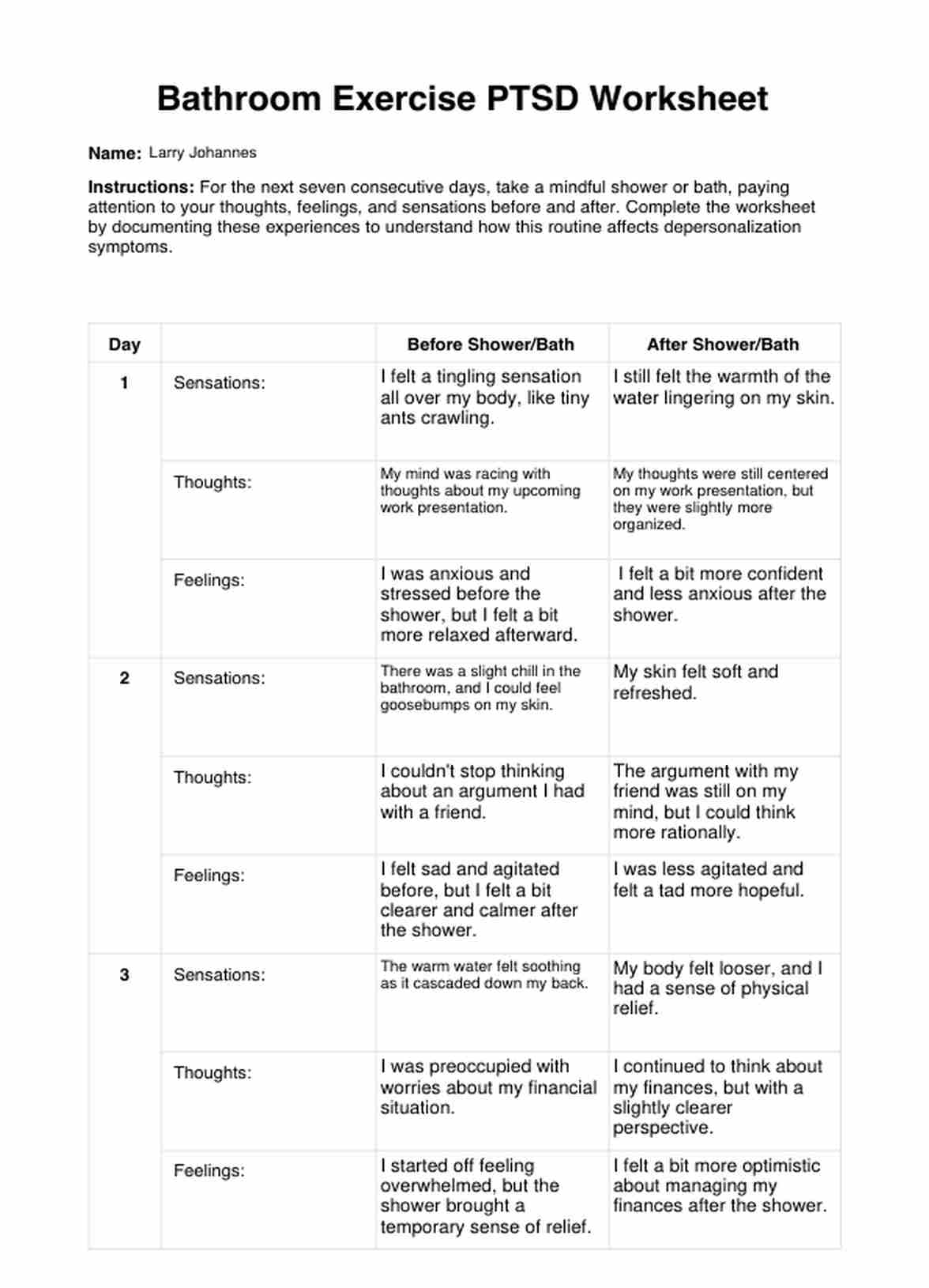
















-template.jpg)




















































































